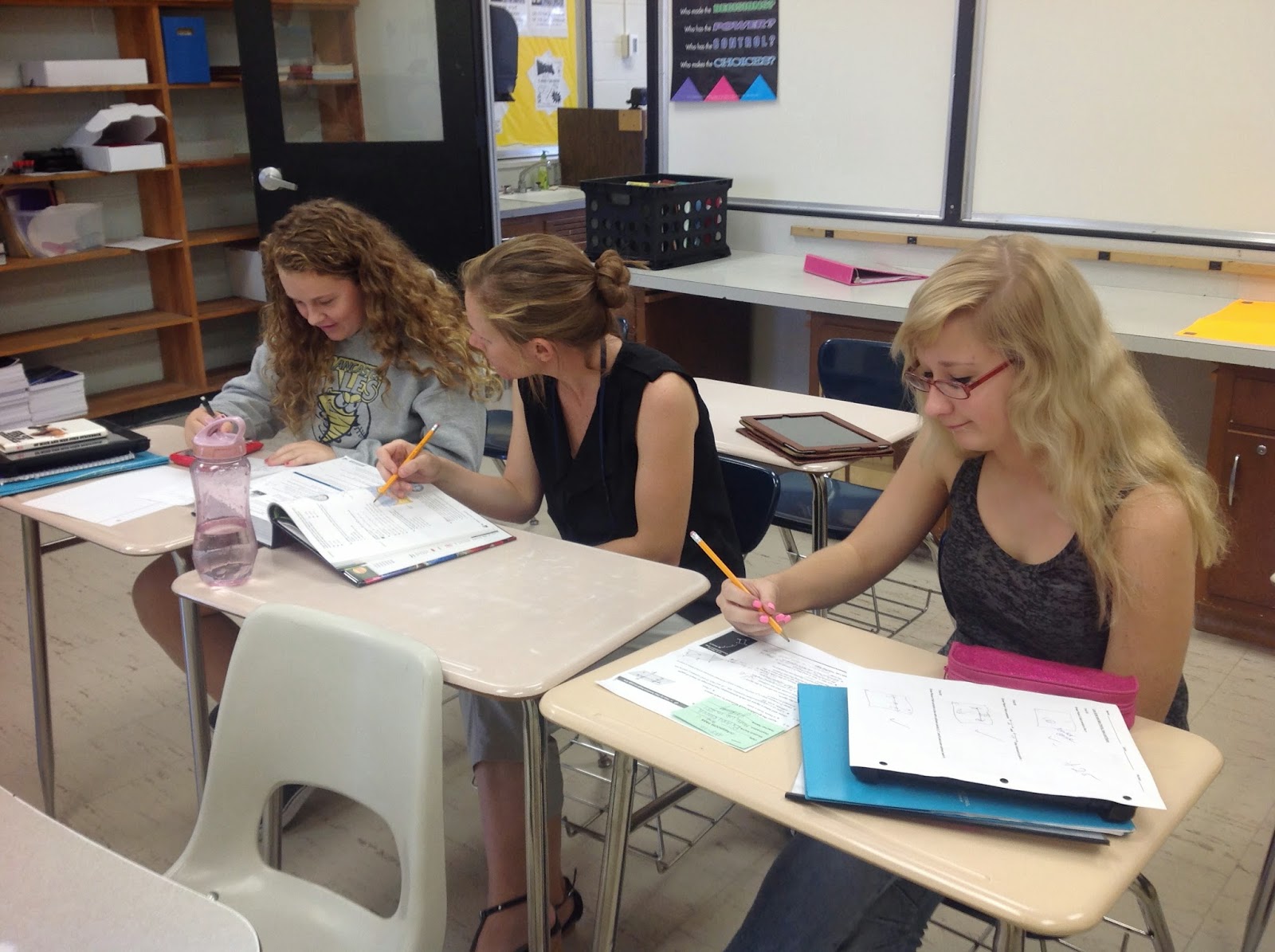Have you ever seen one of our students performing outside your classroom? Has their aptitude, ability and effort ever surprised you? It happens to me all the time. Often I see students that struggle behaviorally or academically but excel in our Career Tech programs. Obviously, it isn't hard to figure out why. They are interested, find value in the work and are
engaged in the work.
So what do we do in the classroom to increase engagement? What does engagement look like? Too often we view
compliance as engagement. Kids working and sitting quietly in their seats does not always mean they are engaged. In fact, many times the opposite is true. Also, be careful not to mistake entertained students with engaged students. In order for our students to be engaged, we as teachers, need to provide them with engaging work. Mr. Conrad and I recently attended a conference by Phil Schlechty. He believes there are four components that are always present when a student is engaged:
1. The engaged student is
attentive.
2. The engaged student is
committed. He or she voluntarily puts in time and resources on a task.
3. The engaged student is
persistent. He or she sticks with the task even when it is difficult.
4. The engaged student
finds meaning and value in the tasks that make up the work.
I visited Jeri Hartley and Megan Kovach's classroom today. As I sat in the room and observed, many of these ideas began to run through my head. They have created an environment in which the focus wasn't on the teacher. The focus has been placed on the work. Isn't that where the focus should be? On the work! Which should lead to increased learning!
Mrs. Hartley and Ms. Kovach today were using games to review and formatively assess student understanding. They did a target check and gathered informal data throughout the lesson. At one point, I heard a student say, "I like doing it this way, it is fun!" Mrs. Hartley's replied, "We could sit and get it on a worksheet, but I like doing it this way too!" The students weren't in straight rows, doing a worksheet and being compliant (which is okay sometimes). Instead, they were having fun, working diligently and enjoying the learning environment the teachers had created. It was obvious, Jeri and Megan have been
working on the work and their students are reaping the benefits.
Engaging activities should not be reserved for only our higher level courses and students. In fact, I think most of us would agree that some of our lower performing students may need it the most. Great job ladies! Keep up the good work! We have many teachers in this building doing extraordinary things with kids. I truly believe that if we capture their hearts their minds will follow. Continue to build rapport and make LHS a great place for student achievement.






